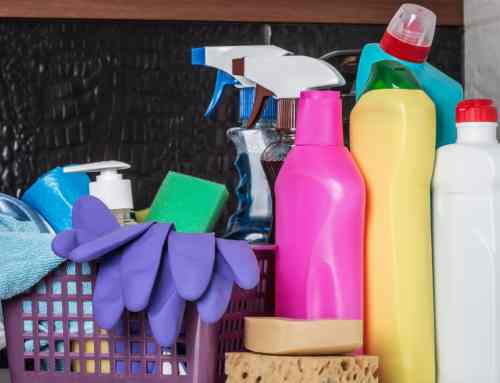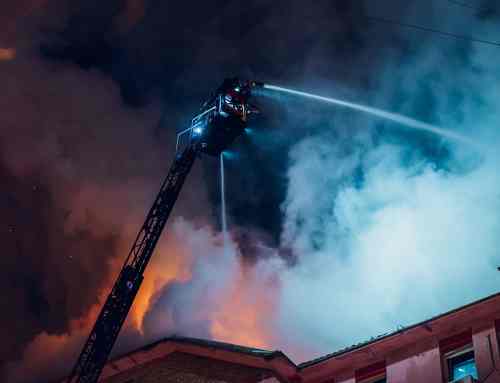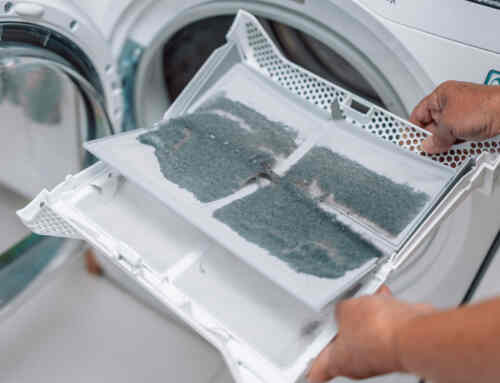Mold Remediation… What’s the Big Deal?
 Head-lines like these are used to shine a spotlight on the health risks associated with mold. Naturally, the more extreme stories get the most interest. But is mold really as bad as they say? Where does it come from? How can you prevent it? In 2004, the Institute of Medicine found sufficient evidence to link indoor exposure to mold with upper respiratory tract symptoms including coughing, sneezing and wheezing in otherwise healthy individuals. People with asthma and allergies often see a marked increase in the incidence and severity of their symptoms. Those with compromised or underdeveloped immune systems can suffer from serious infections caused by mold. Mold needs 3 things to grow: The right environment, a food source, and moisture. Learn more about mold remediation below:
Head-lines like these are used to shine a spotlight on the health risks associated with mold. Naturally, the more extreme stories get the most interest. But is mold really as bad as they say? Where does it come from? How can you prevent it? In 2004, the Institute of Medicine found sufficient evidence to link indoor exposure to mold with upper respiratory tract symptoms including coughing, sneezing and wheezing in otherwise healthy individuals. People with asthma and allergies often see a marked increase in the incidence and severity of their symptoms. Those with compromised or underdeveloped immune systems can suffer from serious infections caused by mold. Mold needs 3 things to grow: The right environment, a food source, and moisture. Learn more about mold remediation below:
High Humidity Is Ideal For Mold Growth
High humidity is one contributing factor. A relative humidity (RH) range between 30% and 50% is recommended for human health and comfort. Once the RH rises above 60%, mold growth is encouraged. If RH remains high for extended periods of days, weeks or longer, some mold species can thrive on surfaces that are not even wet. Controlling humidity and ventilation in your bathroom, laundry area, basement or crawl space is the best way to prevent mold in these areas. Indoor mold flourishes from 65°F to 85°F. Mold grows more easily where air is still or stagnant. That’s why it is usually found behind cabinets, inside walls or in poorly ventilated, damp crawl spaces and basements.
Non-living organic matter like wood, paper, dust and lint, leather, many fabrics and even wool rugs can become a food source for mold. This can cause destructive damage to these materials as the mold uses enzymes to break down organic matter into simpler compounds it can digest. But moisture is the primary catalyst for mold growth. Mold cannot grow unless humidity is extremely high or there is a supply of water available. Excessive moisture from flooding, broken pipes, condensation, roof leaks or foundation leaks is what causes the majority of indoor mold problems.
Indoor Mold Problems
Since we generally cannot remove the potential food sources or dramatically change the temperature or the amount of air flow in the places mold likes to hide, your most effective prevention is moisture control. A small plumbing leak, roof damage or foundation crack can provide all the moisture needed for mold growth. Don’t delay making necessary repairs. How do you know if you have mold? Mold usually gives off an unpleasant musty odor produced by decomposing organic matter. Of course, another sign is if you see something that looks like mold.
Mold can be just about any color; don’t just look for black or green discolorations. Check any areas where there is excessive moisture or humidity. Remember any mold growing indoors should be carefully and completely removed. Caution must be exercised to avoid spreading the contamination to other areas. Of course the humidity or moisture situation that caused the mold should be corrected as soon as possible. Otherwise the mold will return.
Mold Remediation Help
If you have questions or think you have a moisture or mold problem in your home, call Clean Pro Cleaning & Restoration as soon as possible. We will help identify and correct the problem and avoid further property damage or health concerns







